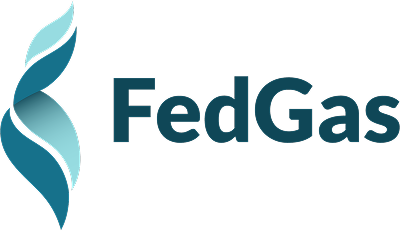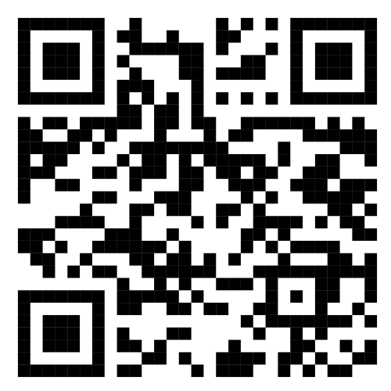Safe Digging Awareness Month
 (April 2025)
(April 2025) 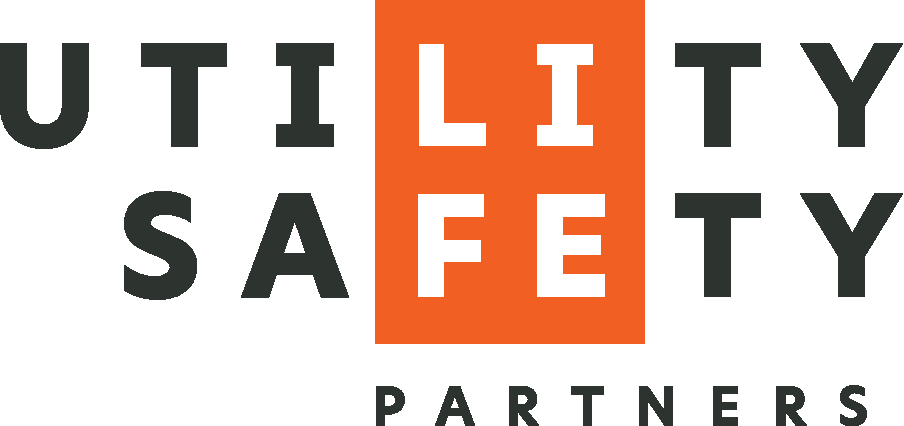
As per Utility Safety Partners (Formally known as Alberta One-Call); each year, Albertans pay more than $350 million to repair damages caused when homeowners and contractors dig without knowing what is below. There is also potential for an even higher cost; contact with an underground utility can result in severe injury and death.
All ground disturbers (contractors, homeowners and landowners) can save time and money and keep themselves and our province safe by following ground disturbance and buried facility damage prevention Guidelines and Best Practices. Ground disturbance Guidelines and Best Practices include but not limited to:
- Ensure locate is completed and valid for the area in advance of any ground disturbance project or activity,
- Waiting for the buried facility locates to be done,
- Respecting the locate marks,
- Exposing any conflicting buried facilities before using mechanical excavation equipment and digging with care,
- If task is near an area deemed to be high risk, it is recommended a review of the locate and hazards associated be completed with the excavator/contractor prior to ground disturbance.
The Federation of Alberta Gas-Co-ops Ltd. fully supports Safe Digging Awareness Month and encourages all ground disturbers to always Call or Click Before You Dig.
Video Link:
Safe Digging - Click Before You Dig –YouTube
Utility Safety Partners link:
Refer to COP 2.15.3, SOP 3.3.23 and the Job Hazard Assessment (JHA) in the Federation HSMS templates for additional information.
Utility Safety Partners (USP) Truck Decals
- Available upon request.
- Send email to eewashko@fedgas.com.
- Include your Member Utility name and how many decals you require.

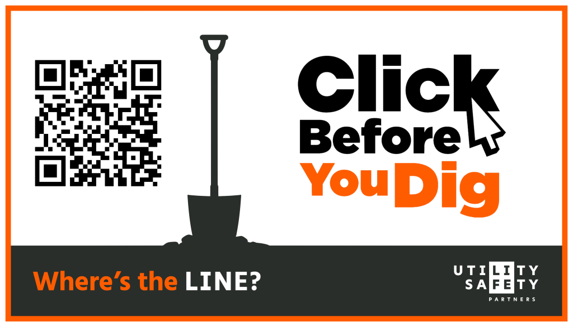
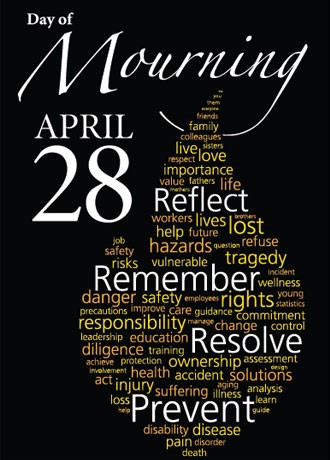
Marked annually in Canada on April 28, the National Day of Mourning is dedicated to remembering those who have lost their lives or suffered injury or illness on the job or due to a work-related tragedy.
The National Day of Mourning is not only a day to remember and honour those lives lost or injured due to a workplace tragedy, but also a day to collectively renew our commitment to improve health and safety in the workplace and prevent further injuries, illnesses and deaths.
How to Support
Traditionally on April 28th the Canadian flag has flown at half-mast on Parliament Hill and on all federal government buildings. Employers and workers have observed Day of Mourning in a variety of ways over the years. Some have lit candles, laid wreaths, worn commemorative pins, ribbons or black armbands, and paused for a moment of silence.
We encourage organizations, communities, and individuals to consider holding or supporting a virtual event, or simply pause at 11:00 am on April 28 for a moment of silence. These acts of remembrance help to honour the lives lost or injured due to workplace tragedy.
Sources: https://www.ccohs.ca/events/mourning/
May 5-10, 2025
- Safety and Health Week (Formerly known as NAOSH Week)was first launched in June 1997. During the North American Free Trade Agreement (NAFTA) talks, workplace safety within the boundaries of all three nations was discussed by each country’s labour department representatives. Canada’s representative at these talks was familiar with Canada’s COHS Week (CSSE’s Canadian Occupational Health and Safety Week) and suggested to his Mexican and American counterparts that their countries may wish to become involved in a similar endeavor. It was agreed that CSSE would adopt the North American concept and implement it in place of the Canadian Week, and it was deemed the proprietor and governing body.
How to Support:
- Promote Safety and Health Week throughout your organization. Try to build anticipation by promoting the event. Be as inclusive as possible in your promotion—you may need to consider multiple types of promotion if you have employees who work offsite
- Consider launching a recognition program to reward health and safety suggestions
- Consider creating a company safety calendar with reminders and tips
- Consider implementing a safety at home campaign that focuses on emergency preparedness and health & safety requirements for routine tasks
- Complete training sessions on seasonal topics and general awareness for safety program components (ex: return to work, incident reporting, emergency response, etc.)
Event and Activity Suggestions:

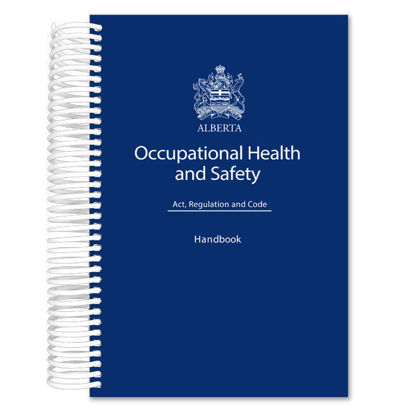
New Workplace Safety Rules in Alberta
- On December 4, 2024, Alberta’s government updated its Occupational Health and Safety (OHS) Code, introducing changes to rules on violence and harassment, explosives, and oil and gas wells. These updates aim to simplify the OHS Code, align it with practices across Canada, and enhance workplace safety.
Key Points:
- Transition Period: Until March 30, 2025, employers can choose to follow either the new or previous rules. Starting March 31, 2025, the new rules will be mandatory.
- Flexibility: The new rules provide employers with greater flexibility in meeting health and safety requirements.
- Resources: Additional information on the changes will be available soon on Alberta’s OHS Resource Portal.
More Information:
- OHS Code Change Highlights
- Click Here for Part 27-Violence & Harassment Change Highlights
- Click Here for Part 33-Explosives Change Highlights
- Click Here for Part 37-Oil, Gas and Geothermal Energy Change Highlights
- Subscribe to OHS eNews for updates and resources.
- For questions, email: jet.ohsreview@gov.ab.ca
Detailed Changes:
Part 27: Violence and Harassment
- Integrated Prevention Plan: Employers are now required to develop a consolidated violence and harassment prevention plan, replacing the previous separate plans. This unified approach includes:
- Measures to eliminate or control hazards related to violence and harassment.
- Procedures to inform workers about the nature and extent of these hazards, encompassing specific or general threats.
- Clear reporting procedures for incidents of violence or harassment.
- Investigation procedures for complaints and incidents.
- Provisions to maintain the confidentiality of all parties involved, with exceptions only when necessary for investigation, corrective actions, informing workers of potential threats, or as required by law.
- Consultation Requirements: Employers must consult with joint health and safety committees, health and safety representatives, or affected workers when developing and implementing the prevention plan.
- Plan Review: The prevention plan must be reviewed and, if necessary, revised in the following situations:
- When an incident indicates a review is required.
- When changes to work or the work site could affect the potential for violence or harassment.
- Upon request by the joint health and safety committee or representative.
- At least once every three years.
- Worker Training: Employers are obligated to ensure that workers receive training on:
- Recognizing violence and harassment.
- Details of the employer's violence and harassment prevention plan, including any revisions.
- Appropriate responses to incidents, including procedures for obtaining assistance.
- Procedures for reporting, investigating, and documenting complaints and incidents.
- Incident Investigation and Reporting: The amendments clarify that employers are not required to provide investigation reports to the Director, joint health and safety committee, health and safety representative, or workers.
- Medical Treatment During Work Hours: If a worker seeks medical treatment or is referred by a physician during regular work hours due to an incident of violence or harassment, they are deemed to be at work during that time, ensuring no loss of wages or benefits.
Part 33: Explosives
- Updates to technical standards to reflect current industry best practices.
- Introduction of definitions for technical terms to improve clarity.
- Transition from prescriptive requirements to outcome-based approaches, providing greater flexibility.
- Removal of prescriptive requirements, where appropriate, to allow more flexible rules that focus on health and safety outcomes.
- Updated requirements for safely storing, handling and transporting perforating guns.
- Miscellaneous editorial changes to improve clarity, remove duplication and streamline wording.
- Alignment of roles and responsibilities within the OHS Act.
Part 37: Oil and Gas Wells
- Modernization of technical standards to align with current industry practices.
- Clarification of requirements to enhance understanding and compliance.
- Shift towards outcome-based requirements, allowing flexibility in achieving safety objectives.
- Alignment of roles and responsibilities within the OHS Act.
- Pipe stored on trailers must be secured from falling off the trailer.
- A new requirement for wind direction indicators and (if a harmful substance may exist) atmospheric monitoring equipment at all oil and gas work sites, not just well swabbing activities.
- Miscellaneous editorial changes to improve clarity and remove duplication.
Employers are advised to review and update their workplace policies and procedures to ensure compliance with the new OHS Code provisions by March 31, 2025. Resources and further details are available on the Alberta government's website.
Fostering Psychological Safety

- Supportive Leadership
- Open Communication: Leaders should encourage open, honest, and respectful communication with employees at all levels.
- Emotional Support: Leaders need to demonstrate empathy and emotional intelligence, understanding the mental and emotional needs of employees, especially during high-stress periods or in the wake of workplace challenges.
- Modeling Vulnerability: When leaders admit their own mistakes and demonstrate a growth mindset, it sets an example that employees can safely make mistakes and learn from them.
- Clear Expectations and Feedback
- Clarity of Role and Expectations: Employees should understand their roles and responsibilities. Clear expectations reduce ambiguity and make employees feel more secure in their work environment.
- Constructive Feedback: Providing constructive and non-punitive feedback on performance is essential. Employees need to know how they can improve without fear of being penalized, fostering a culture of continuous improvement.
- Work Culture
- Zero Tolerance for Discrimination and Harassment: Employers must ensure that employees are free from bullying, harassment, or discrimination. A safe space for individuals to voice concerns about inappropriate behavior is critical.
- Collaboration Over Competition: A culture that promotes teamwork and collaboration over unhealthy competition can contribute to a psychologically safe environment where employees feel valued.
- Workplace Wellness Programs
- Mental Health Support: Employers in Alberta should provide access to mental health resources such as counseling, employee assistance programs (EAPs), or wellness initiatives. Creating programs that address mental health challenges helps reduce stigma and encourages employees to seek help.
- Work-Life Balance: Encouraging work-life balance through flexible working arrangements, adequate vacation time, and understanding personal responsibilities contributes to mental well-being.
- Encouraging Risk-Taking and Innovation
- Freedom to Fail: When employees are encouraged to experiment, share new ideas, and innovate without the fear of failure or repercussions, it promotes psychological safety
- Rewarding Learning: A workplace that acknowledges and rewards learning and growth, rather than punishing failure, supports employees in taking calculated risks, which is essential for fostering creativity.
- Employee Involvement and Empowerment
- Autonomy in Decision-Making: When employees are given the freedom to make decisions, especially those that directly impact their work, they feel a sense of ownership and safety in their roles.
- Participation in Decision-Making: Involving employees in decisions, particularly those that affect their work or team dynamics, helps in creating a transparent and open workplace where individuals feel their voices matter.
- Conflict Resolution Mechanisms
- Clear Channels for Addressing Concerns: Employees need access to transparent and effective methods to report and resolve issues, whether they are related to interpersonal conflict, harassment, or discrimination.
- Fair and Unbiased Resolution: Ensuring that complaints are handled fairly and confidentially without favoritism is important for creating trust in the organization's commitment to psychological safety.
- Training and Development
- Psychological Safety Education: Providing training on the importance of psychological safety, emotional intelligence, and interpersonal communication helps all employees understand how their actions can either support or hinder a safe workplace.
- Leadership Development: Equipping managers and leaders with the tools they need to foster a safe environment—such as conflict resolution, active listening, and empathy—is crucial for long-term success.
- Clear and Transparent Communication
- Transparent Information Sharing: Openly sharing organizational changes, goals, and challenges can help employees feel informed and less anxious. This transparency creates a sense of trust and security.
- Timely Communication: Keeping employees informed about any changes or new initiatives in a timely manner prevents misinformation and anxiety, contributing to psychological safety.
- Workplace Policies that Promote Safety
- Anti-Retaliation Policies: Organizations must have policies in place to ensure that employees are not penalized for reporting safety issues, concerns, or for speaking out about challenges.
- Flexible Policies on Mental Health Days: In Alberta, where harsh weather conditions or industrial demands can lead to burnout, flexible mental health days or stress leave policies help employees take time to recharge when needed.
Click Here to Access HSMS Updates
Hazard Assessment Revision
81 THA’s and 14 JHA’s were consolidated into two documents.
- Job Inventory
- Job Hazard Assessment (JHA)
- Previous Total: 1639 Pages
- New Total: 52 Pages
- Updated JHAs are based on job position vs. specific task.
- New JHA format has 4 job positions (Field Staff, Supervisory Staff, Office Staff, Summer Student)
- Job Inventory lists all tasks completed per position and provides a position breakdown. (ex: Field Staff = Gas Utility Operator, Gas Fitter, etc.)
Benefits:
- Simplifies the hazard assessment process.
- Eliminates duplication of hazards/controls and reduces administrative burden for reviews.
- Still satisfies COR/SECOR standards.

HSMS Manual Revision
- 2023 HSMS Manual updated to align various sections with the new Job Hazard Assessment (JHA) process.
- Updates Include: Section 2.0 revisions and various THA references throughout Manual.
- H&S Working Group looking to complete a large HSMS Manual revamp/simplification project following the OHS legislation changes in 2026.
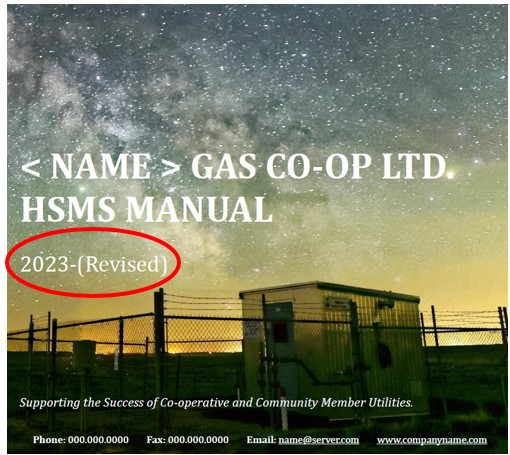
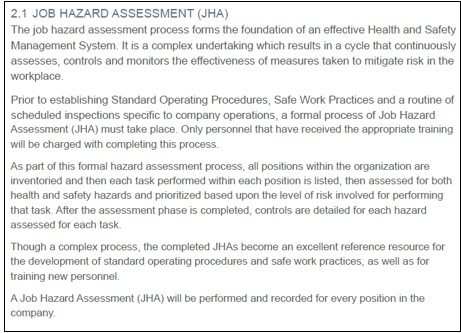
Standard Operating Procedure (SOP) Revision
- All 85 SOPs have been revised and uploaded into FedGas HSMS Templates.
What is New?
- Revised all SOPs due to the updates made to the THA/JHA structure.
- All existing THA references made within the SOPs have been removed as they are no longer relevant.

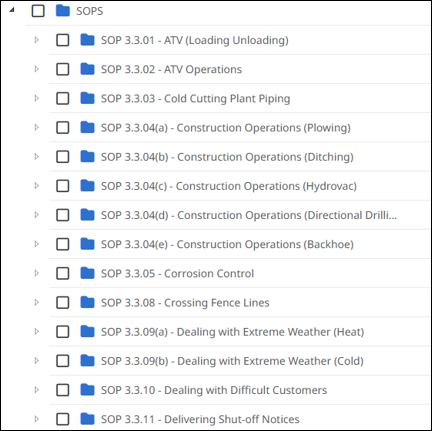
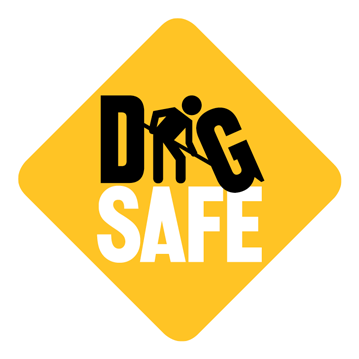
January 2025 Survey Results
1. Line Strikes/Damages Frequency:
- Most respondents report experiencing 1 to 10 line strikes per digging season.
2. Causes of Line Strikes:
- A significant number of damages occur due to no locate requests being completed.
- Other common causes include lack of knowledge, carelessness, and failure to follow best practices.
3. Unauthorized Ground Disturbance:
- Many utilities observe frequent ground disturbance without line locate requests.
- Some report minimal or occasional unauthorized disturbances.
4. Reasons for Damage Despite Locates:
- Failure to hand-expose lines is a primary cause.
- Issues like tracer wire not with the pipe, lack of experience, and improper review of locate materials are frequently mentioned.
5. Preventing Damage – Best Practices:
- Education and awareness programs (e.g., "Click Before You Dig").
- Proper locates and pre-project site planning and inspections.
- Hand-exposure techniques to avoid striking lines.
- Onsite meetings and communication with contractors before digging.
***Nominations are now being accepted for 2025***
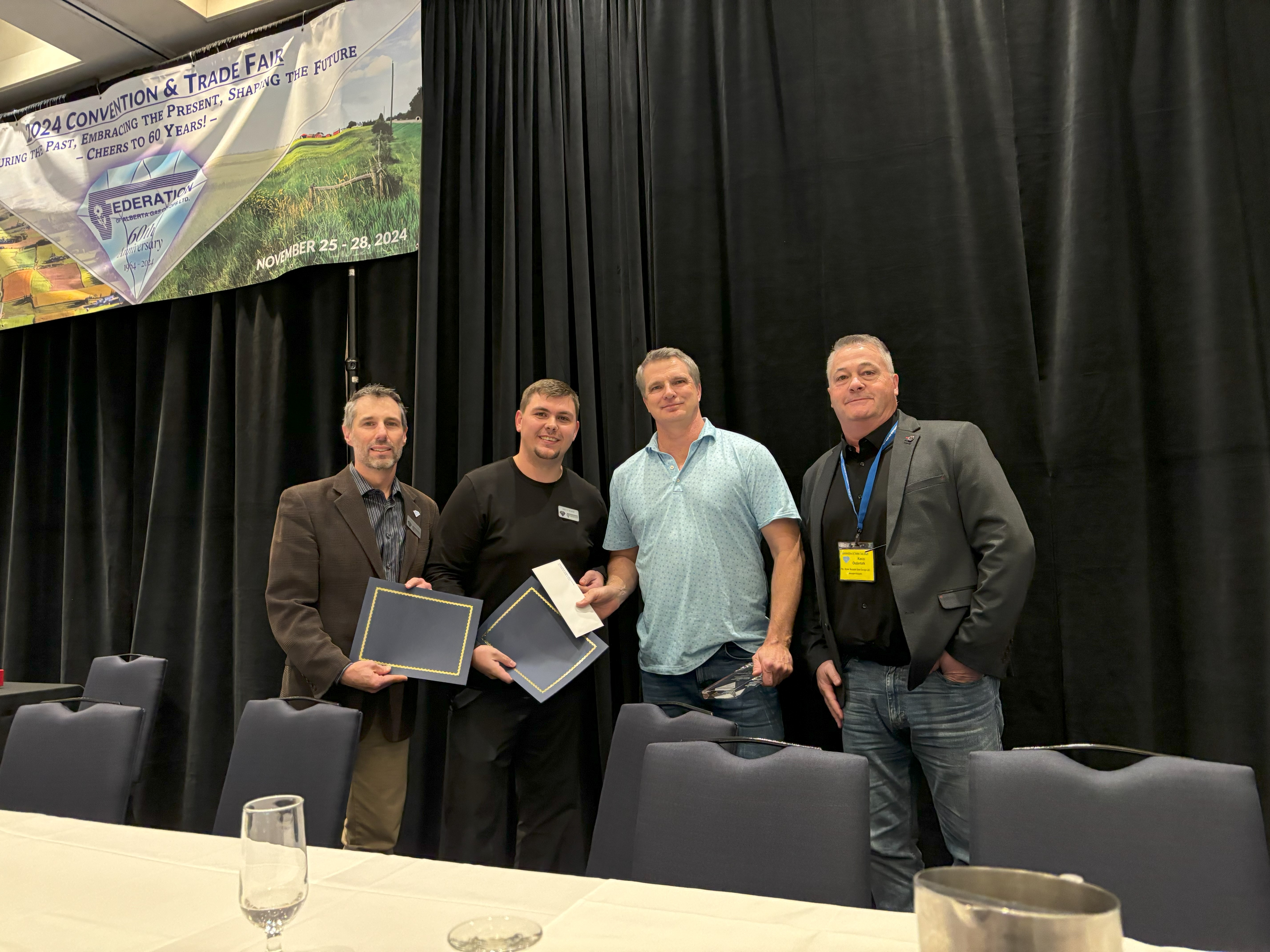
2024 Winner: Ste. Anne Natural Gas Co-op Ltd. - Dallas Schneider
Overview:
- Award to be presented during the 2025 FedGas Annual Convention.
- Recognize a Member Utility’s commitment to health and safety excellence.
- Recognize employees who have demonstrated an unwavering commitment to improving safety awareness, expanding safety knowledge and /or preventing damage & loss in the workplace.
Winner Received:
- $500 Pre-Paid Visa
- Award Winner Plaque
- Winner Certificate
Benefits:
|
Scan QR Code to Access Couse Library |

OHS - HS Committees and HS Representatives (Click Here)

OHS - Emergency Response Planning (Click Here)
.png)
OHS - Workplace First Aid (Click Here)
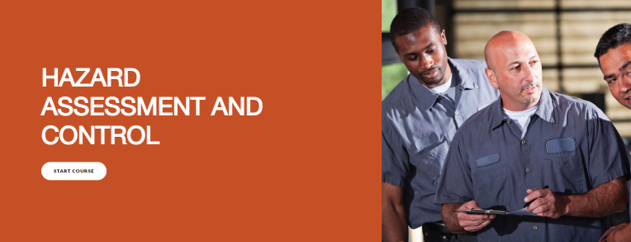
OHS - Hazard Assessment & Control (Click Here)
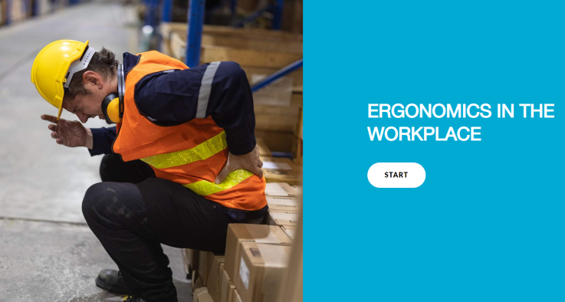
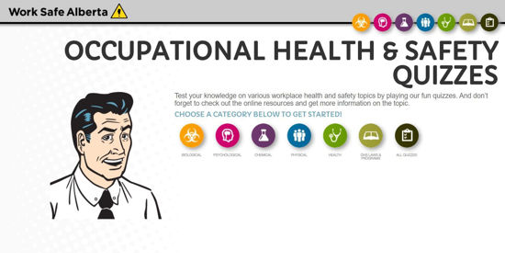
Additional Free Courses:
Safety Knowledge Evaluation (Click Here)
Office Ergonomics (Click Here)
Office Ergonomics Self-Adjustment Tool (Click Here)
Situational Awareness for Material Handling (Click Here)
Infection Prevention and Control (Click Here)
Forklift Pre-Shift Inspections (Click Here)
Skid Steer Loader Pre-Shift Inspections (Click Here)
Telehandler Pre-Shift Inspections (Click Here)
| Health & Safety Updates |
|
Pre-Built HSMS Templates and Safety Program ElementsAbility to download and edit pre-built H&S manual, safe job procedures, safe work practices, hazard assessments, ERPs and much more |
H&S Newsletter (March, June, September, December)Quarterly newsletter sent out to Membership on behalf of the H&S Working Group which includes various OHS updates, initiatives and relevant safety information |
Resources Section of H&S WebsiteAbility to review, download and revise various OHS resources. This section includes safety videos, info sheets, posters, useful links, pre-built ERP tabletops, pre-built HSMS orientations and more |
Safety BulletinsIssued on behalf of the H&S Working Group on a regular basis to spread prevention awareness between Members. All information is shared confidentially |
Safety Chat GroupOpportunity to meet quarterly with the FedGas H&S Coordinator and other H&S Representatives from various Members to discuss safety and share valuable information collectively for the betterment of Members |
Voluntary Information Sharing SystemOpportunity to submit safety information for the benefit of the Membership. Information shared using the system will be used to develop safety bulletins and guide safety newsletters which will be distributed to Members confidentially for prevention purposes |
|
H&S Site Visits In person H&S gap analysis of your current Health & Safety Program with specific recommendations and/or suggestions to help strengthen your Health & Safety Program. |
H&S Working GroupThis group meets monthly and works on many actions that will benefit members, some of which include updates and revisions to the HSMS templates, developing H&S newsletters, facilitating safety initiatives and much more |
Access to Support and Advice From a Dedicated Safety ProfessionalAbility to ask questions or get advice from the FedGas H&S Coordinator anytime |
|
All FedGas H&S Services and Correspondences are available in the H&S section of the FedGas website. To schedule safety services or for general assistance, please contact the FedGas H&S Coordinator by email bwood@fedgas.com or by phone (780) 220-9351. |
